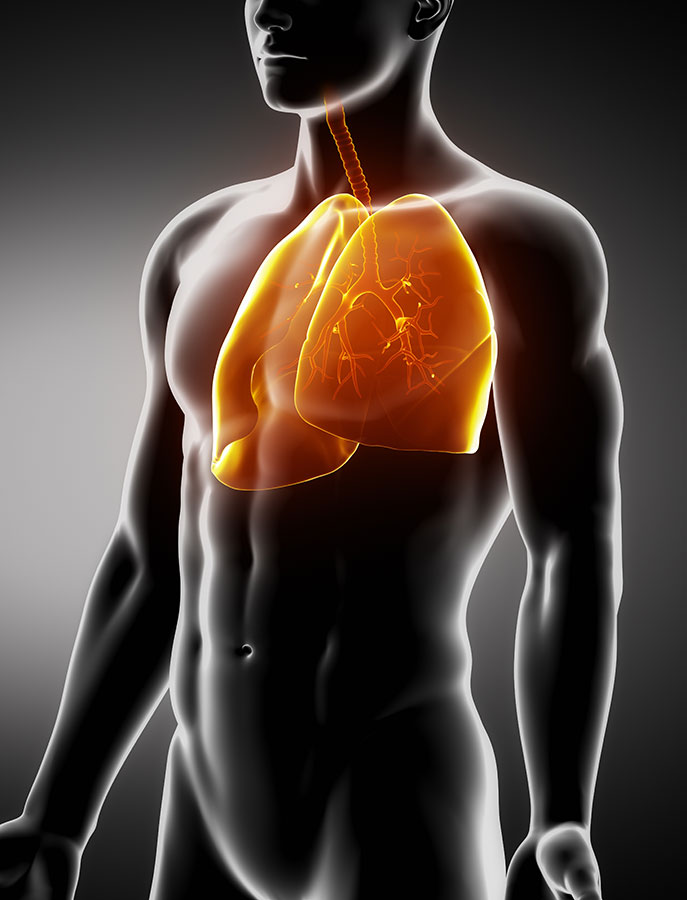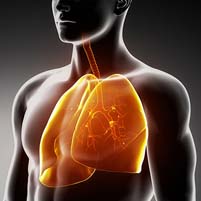A lung function test, specifically a Spirometer, is the best way to test your lung’s ability to expand, deflate, and get enough oxygen to your tissues. Our lung test shows that if your lungs are operating below the expected normal values. A Lung function test can give us all the info we need to know how your lungs are moving, expanding, or restricting airflow and trapping air – whether it be the structures that help your lungs expand or the airways being blocked or even closed off. The lungs are the oxygen delivery center for your body’s cells. When oxygen supply is limited, it causes chaos in multiple systems in your body. Insurance companies require lung function tests for jobs or high-risk industries that have been known to cause lung tissue damage over the years. There’s nothing to worry about. As long as we can test and know what condition your lungs are in, the faster we can act proactively to prevent acceleration and its condition from getting worse. There are a few reasons you’d want to test your lung function, but let’s start with the types of symptoms that you’re feeling.
What exactly is the Lung function test?
A Lung function test is a Pulmonary function test, which is a complete evaluation of your respiratory system, including your history, physical examinations, and tests of pulmonary function. The main purpose of pulmonary function testing is to quantify the degree of lung impairment.
Test your Lungs for only R450
Spirometer: Lung Function Test
Discounts for multiple spirometer tests
Lung Symptoms than needs testing
If you think your lungs aren’t working like they should, here are some symptoms that might indicate that they might be the place to investigate. We must monitor lung capacity and response to lung treatment over months or even years, particularly in chronic lung conditions.
What does a Lung Function test tell us?
We take multiple measurements to better understand the cause. Lung function analyzes how air flows in and out of your lungs as you breathe in and out. The two components we test are the ability of your lungs to get air inside and how well Oxygen is distributed throughout your body. Saturation accurately measures how much oxygen reaches your tissue. A drop in saturation indicates an oxygen deficiency, which can cause various system failures.
Lung tests are crucial to see if you’re improving or worsening. That’s why we test your lungs at different times. Usually, the first test establishes the severity of your lung problem, and then we re-test in a few weeks to monitor the change. The spirometer test can tell us how fast your lungs improve or if more aggressive steps are needed. Some lung conditions can cause permanent damage if not treated promptly. Other lung conditions like asthma can be reversed and improved with therapy and medications.
Our lung function tests give us readings of lung volume, capacity, rates of flow, and gas exchange, which are necessary data to diagnose and determine whether you have a lung problem. From the information we collect from the spirometer reading, we can establish if lung treatment is necessary and to what extent your lung condition has changed.
Spirometer Testing Packages
1 Lung Test
- Complete Lung function test
- Report & Recommendations
- Treatment Program
- Includes Spirometry and Saturation
x2 Lung Tests
- Initial Lung test & re-test
- Full Comparison Report
- Program & re-adjustment
- Added 6 min walk test
x3 Lung Tests
- Initial, follow-up & 6 week follow up test
- Progress Report
- Progressive Rehabilitation Program
- Added Peak flow
What to expect during your lung test?
You will be asked to do a few tests, breathing in and out several times. These tests will be repeated about three to six times to get an accurate reading. For the spirometry, you will have a mouthpiece so that a machine can measure the amount of air you breathe in and out through your mouth. Your nose will be clipped during the test to prevent air from going in or out through the nose.
Next, you will sit in a small booth and breathe into a mouthpiece to measure the volume of air in your lungs. Your therapist will prepare you for what to expect before scheduling your appointment. You may need to wear loose-fitting, comfortable clothing and athletic shoes.
Your lung function test may include an exertion test to see how your lungs cope with an increase in oxygen demand. This is valuable to determine whether your lungs and cardiovascular system can adapt when your body’s tissues demand more oxygen. An exercise test will only be done if necessary.
When you schedule your appointment, we’ll send you a quick questionnaire. Please fill it out and submit your answers.

Get the help you really need
Medical professionals that care about you
After COVID, still not 100% yet?
Since COVID-19 started in 2019, we’ve seen an increase in patients struggling with the aftermath of this pandemic. The cellular war that rages through your body within the first exposure to weeks after your immune system concurs with this viral attack. The landscape of your body’s tissues takes a heavy toll. One of the hardest hit is your lung.
Mild infections are the first to come knocking on your doors, asking ” Can you just check if it’s ok, coz I’m just not 100%”. Yes, they may have come off the battle with merely a few scars, but these battle scars pose more of a problem than you’d expect. Tissue destruction in the lungs compromises gas exchange in these areas of your lungs, making you unable to feed your cells with the oxygen they need. These scars range from small pockets in one lobe to large scars that are even visible on X-rays.
The bottom line is that a fast-replicating virus-like COVID-19 can cause severe problems within a matter of days. If your body’s cells don’t receive enough oxygen, they suffocate. Your lungs are crucial at maintaining this Saturation level of oxygen, or cells start dying. The most significant adaptation is in the cardiovascular system. We’ve seen the heart try to accommodate the loss of surface area where gas can enter the bloodstream by pushing more blood through the lungs per minute, leaving you with an elevated heart rate. This, in turn, can overwork your heart muscle, causing who knows what other cardiac problems.
Our testing center at Well Health Pro tests your lungs to give you answers and establish how well your lungs are working. Are they normal? If not, how far below the norm are you? After we’ve done the test, it will guide us to the next step. The first step is getting the spirometry readings.


